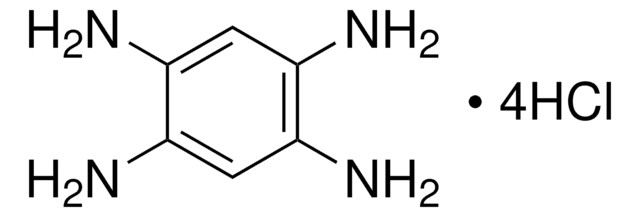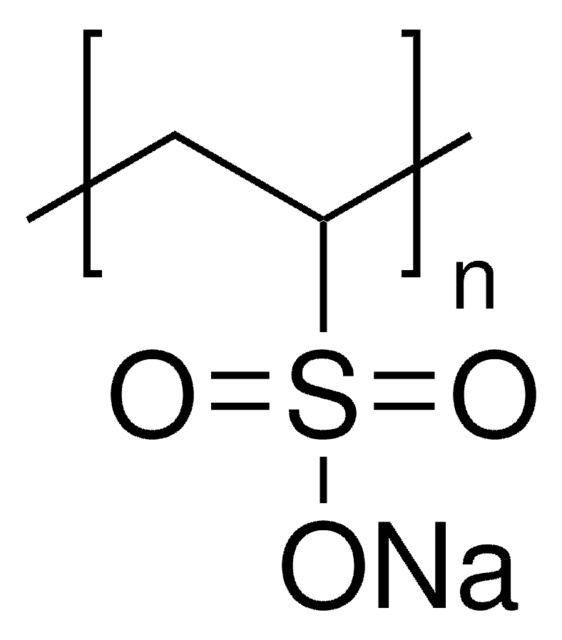792527
Imidazol
anhydrous, free-flowing, Redi-Dri™, ACS reagent, ≥99%
Synonym(e):
1,3-Diaza-2,4-cyclopentadien, Glyoxalin
About This Item
Empfohlene Produkte
Qualität
ACS reagent
anhydrous
free-flowing
Qualitätsniveau
Dampfdruck
<1 mmHg ( 20 °C)
Produktlinie
Redi-Dri™
Assay
≥99%
Form
solid
Verunreinigungen
≤0.2% water
Glührückstand
≤0.1%
pH-Wert
9.5-11.0 (25 °C, 5% in H2O)
pKa (25 °C)
6.95
bp
256 °C (lit.)
mp (Schmelzpunkt)
88-91 °C (lit.)
Kationenspuren
Fe: ≤0.001%
SMILES String
c1c[nH]cn1
InChI
1S/C3H4N2/c1-2-5-3-4-1/h1-3H,(H,4,5)
InChIKey
RAXXELZNTBOGNW-UHFFFAOYSA-N
Suchen Sie nach ähnlichen Produkten? Aufrufen Leitfaden zum Produktvergleich
Anwendung
Imidazole can be used as a catalyst in the following
- Silylation of alcohols, carboxylic acids, and amines in the presence of silyl chloride in DMF.
- To prepare acid chlorides from the corresponding carboxylic acids and phosgene.
- Imidazole-PPh3/I2 catalytic system used in the conversion of alcohols into iodides.
- Imidazole-PPh3/I2 is used in the diol deoxygenation reaction.
Rechtliche Hinweise
Signalwort
Danger
H-Sätze
Gefahreneinstufungen
Acute Tox. 4 Oral - Eye Dam. 1 - Repr. 1B - Skin Corr. 1C
Lagerklassenschlüssel
6.1C - Combustible acute toxic Cat.3 / toxic compounds or compounds which causing chronic effects
WGK
WGK 2
Flammpunkt (°F)
293.0 °F - closed cup
Flammpunkt (°C)
145 °C - closed cup
Hier finden Sie alle aktuellen Versionen:
Besitzen Sie dieses Produkt bereits?
In der Dokumentenbibliothek finden Sie die Dokumentation zu den Produkten, die Sie kürzlich erworben haben.
Kunden haben sich ebenfalls angesehen
Unser Team von Wissenschaftlern verfügt über Erfahrung in allen Forschungsbereichen einschließlich Life Science, Materialwissenschaften, chemischer Synthese, Chromatographie, Analytik und vielen mehr..
Setzen Sie sich mit dem technischen Dienst in Verbindung.![Dipyrazino[2,3-f:2′,3′-h]quinoxaline-2,3,6,7,10,11-hexacarbonitrile 95% (HPLC)](/deepweb/assets/sigmaaldrich/product/structures/151/558/c0e2c95f-5228-4864-a7a5-4b9765a19840/640/c0e2c95f-5228-4864-a7a5-4b9765a19840.png)








